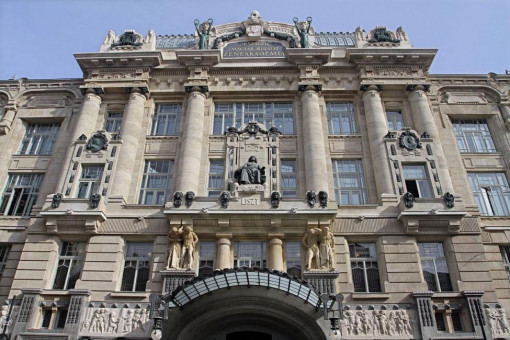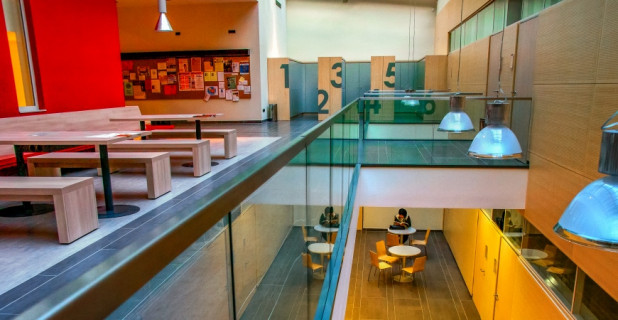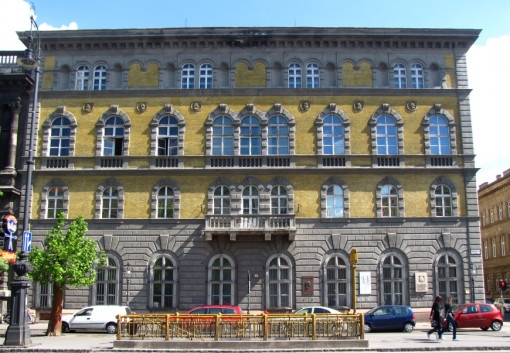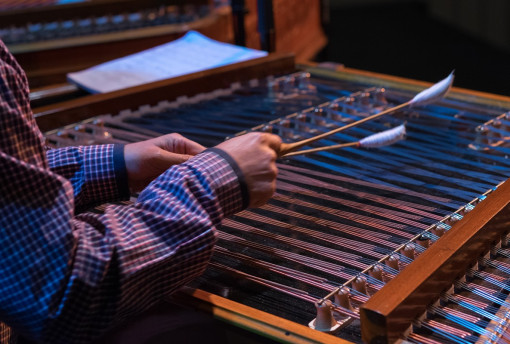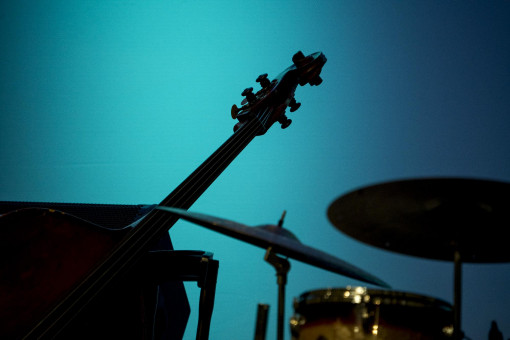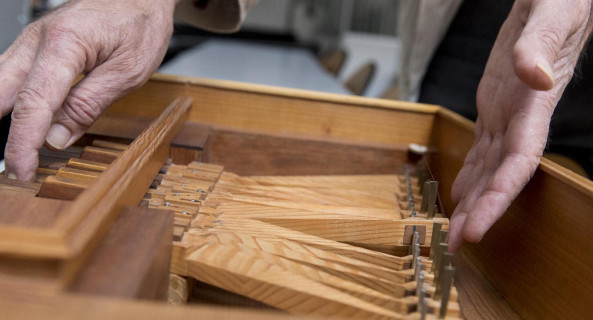The Building
Teaching at the National Hungarian Royal Academy of Music, founded in 1875, started in the apartment of Ferenc Liszt on Hal Square, which was swept away in the course of urban redevelopment in downtown Pest at the turn of the century. The school had to wait until 1879 before it could take over its brand new building on Andrássy Avenue: today this is called the Old Liszt Academy. However, the Neo-Renaissance block designed by Adolf Láng quickly proved too small; the Society of Hungarian Engineers and Architects, which each year took on a different challenge, selected for its 1888-1889 tender the topic "concert building connected with the music and drama academy".
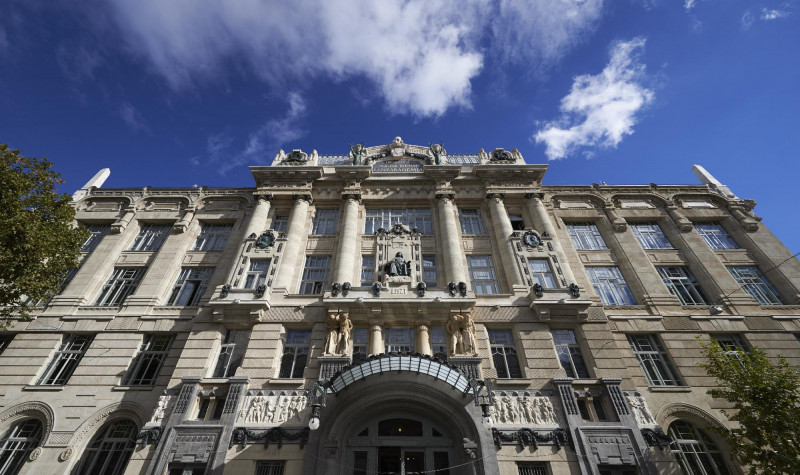
The competition was won by 27-year-old Kálmán Giergl, who 12 years later, in 1901, received precisely the same task from the minister of religion and education by direct commission, without tender, as joint senior partner in the office he shared with Flóris Korb. Notwithstanding the fact that both Korb and Giergl were by then experienced, respected architects, with a portfolio including the Királyi tenement on Ferenciek Square and the two Klotild Palaces, the obvious strings that had been pulled in this project raised a storm of professional criticism. In the letters to the editor section of the Journal of Entrepreneurs, the equally famous architect Marcell Komor, writing under a nom de plume, thundered: "...I protest with all my heart and soul, that design commissions of such a nature should be slipped to any Tom, Dick or Harry, and chums with other names, who insist on clinging to illustrious surnames!"
The first version, and then the second, 1913, version following the shelving of the Drama Academy, were drafted by Korb and Giergl very much under the influence of Lechner; the oriental elements of the facade, the richly articulated cornice, and the rows of arched windows all point to this. However, dispute about the draft plans immediately broke out in the architecture committee: Ignác Alpár, eternal antagonist enamoured with Historicism, speaking within the earshot of Lechner, who was also a member of the jury, damned the pair of designers, while the scheme was also vetoed by musician-architect Kamill Fittler, ministerial commissioner of works and, interestingly enough, director of the Museum of Applied Arts, one of Lechner's projects.
Thus the music academy was finally constructed between 1904 and 1907 in a unique mixture of styles, on the basis of a third redrafting, with a greater respect for tradition and, for instance, primarily stonework on the façade instead of ceramics. The stone Atlases above the entrance would be equally at home on any of the Neo-Renaissance mansions lining nearby Andrássy Avenue, whereas the Genius sculptures by Géza Maróti positioned above the main cornice were appreciatively received by international visitors to the Milan International in 1906. At the same time, elements borrowed from Assyrian or Egyptian architecture associate the thinking of Korb and Giergl with the philosophy of Lechner, who travelled to the Middle East in search of inspiration. It was also an indication of their age that they chose to use reinforced concrete, a relatively little-known technique in Hungary at the time. The engineer Szilárd Zielinski imported the system from France and with it created a cutting-edge structure for its day: he used reinforced concrete to make not only the foundations but the entire floor structure and the balconies of the Grand Hall.
Although there is some basis to the much-voiced assertion that the finest artisans of the period were employed on the Liszt Academy, the full truth is that when it came to their selection, price was the foremost consideration. The ministry contracted the bidder offering the lowest price in virtually every public procurement connected with the construction. This policy was only deviated from when the architects suggested otherwise; thanks to them, the more expensive but presumably more reliable Zsolnay company of Pécs received the commission for the floor and wall cladding instead of József Walla; and instead of Károly Majoros, who was favoured by the ministry, in the end the windows in the building were created by Miksa Róth, whose name is still recognized to this day. It is worth adding, however, that the latter decision took a whole year to secure.
The decoration of the interiors, although derived from antique and Renaissance pre-images, basically reveals an Austrian Jugendstil influence. Róth worked on the basis of the pattern book of Julius Hoffmann from Vienna, and the ventilation grids in the Grand Hall are reminiscent of the cupola decorated with golden leaves of the Sezession exhibition palace (1897). The name of Aladár Körösfői Kriesch is worthy of particular mention among the many participating fellow artists. The two frescos in the vestibule on the ground floor and the composition that can be seen in the first floor foyer (The Fountain of Art, a slightly late Pre-Raphaelite masterpiece that is rare in Hungary) are the work of the leader of the Gödöllő artists' colony.
Amongst the interiors, the ground floor and upper vestibule, the library with metal-framed gallery and the director's conference room preserving its original items of furniture all managed to survive the stormy decades of the 20th century in their original form. However, the overall picture of the Grand Hall and the Solti Hall was considerably altered by renovation carried out after the Second World War. In the Grand Hall, in place of the green-yellow wall tones the emphasis is given to restored reddish brown marble (based on the discovery of original paint layers under the later coverings), and the wood panelling painted over in a brown gloss has been returned to its original black and gold. Thus the overall effect of the hall with its gilded ornamentation and old gold-bronze upholstery has become much sharper and more contrasted, just as in the Solti Hall, where the colours have been renewed, while decorative paintings discovered on the ceiling have also been restored.
Dániel KOVÁCS



